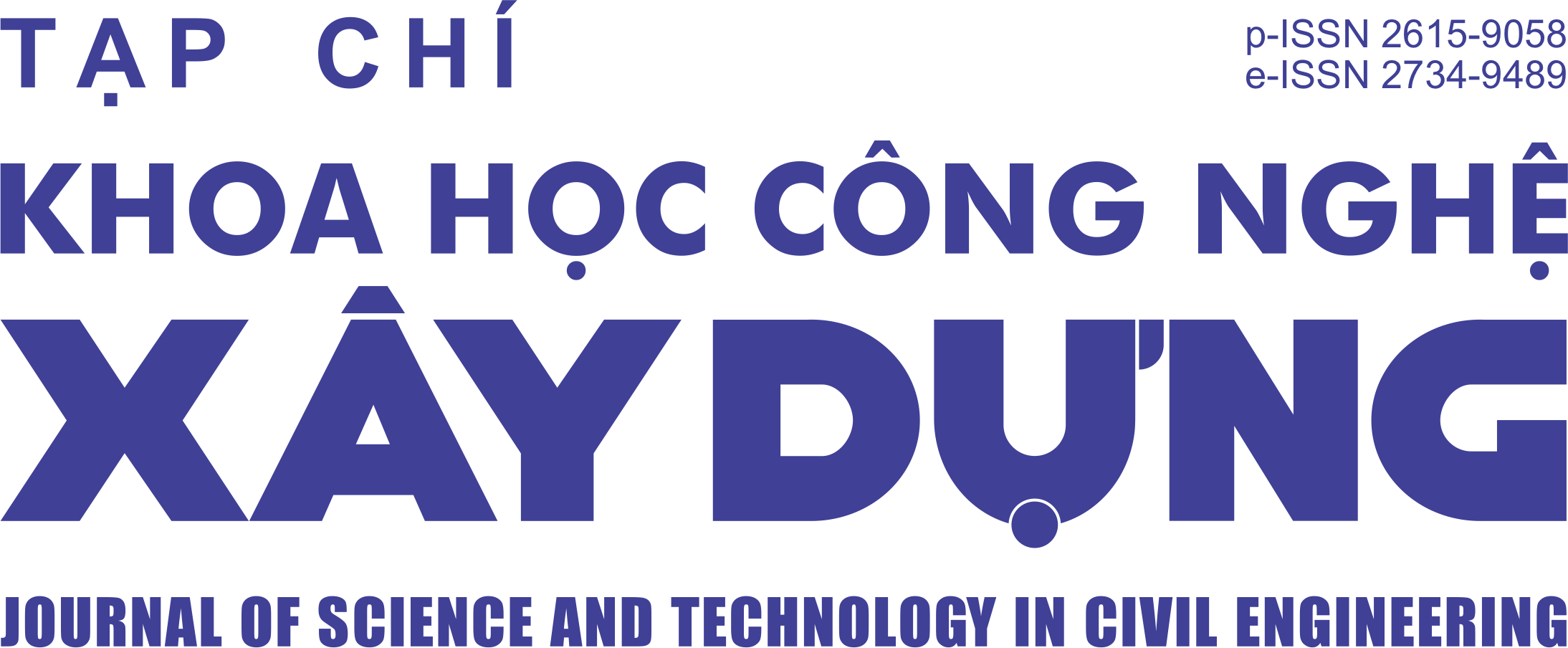Empirical models of corrosion rate prediction of steel in reinforced concrete structures
Abstract
Corrosion rate is one of the most important input parameters in corrosion-induced damage prediction models as well as in calculation of service-life for reinforced concrete structures. In most cases, instantaneous measurements or constant corrosion rate values used in damage prediction models is irrelevant. The new factors appearing such as corrosion-induced cover cracking, concrete quality to change the corrosion rate should be taken into consideration. This study shows several empirical models to predict the corrosion rate and their limits of application. The predicted values of steel corrosion rate using four empirical models are compared with the measured values of a series of 55 experimental samples collected from the literature. The results show that the empirical models overestimated the experimental corrosion rate. Using model proposed by Liu and Weyers provided the best agreement with the experimental data.
Keywords:
corrosion rate; prediction model; reinforced concrete; chloride ions; reinforcement corrosion.
Downloads
Copyright (c) 2020 National University of Civil Engineering

This work is licensed under a Creative Commons Attribution-NonCommercial-NoDerivatives 4.0 International License.
1. The Author assigns all copyright in and to the article (the Work) to the Journal of Science and Technology in Civil Engineering (JSTCE) – Hanoi University of Civil Engineering (HUCE), including the right to publish, republish, transmit, sell and distribute the Work in whole or in part in electronic and print editions of the Journal, in all media of expression now known or later developed.
2. By this assignment of copyright to the JSTCE, reproduction, posting, transmission, distribution or other use of the Work in whole or in part in any medium by the Author requires a full citation to the Journal, suitable in form and content as follows: title of article, authors’ names, journal title, volume, issue, year, copyright owner as specified in the Journal, DOI number. Links to the final article published on the website of the Journal are encouraged.
3. The Author and the company/employer agree that any and all copies of the final published version of the Work or any part thereof distributed or posted by them in print or electronic format as permitted herein will include the notice of copyright as stipulated in the Journal and a full citation to the Journal as published on the website.







